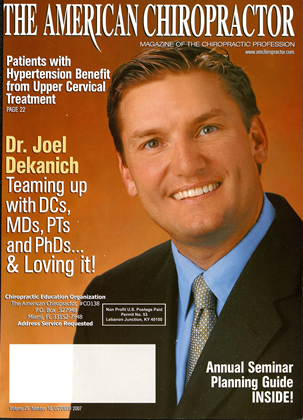The New England Journal of Medicine April 26, 2007; Volume 356, Number 17, pp. 1742-1750 by Eric G. Campbell, Ph.D.; Russell L. Gruen, M.D., Ph.D.; James Mountford, M.D.; Lawrence G. Miller, M.D.; Paul D. Cleary, Ph.D.; and David Blumenthal, M.D., M.P.P. FROM ABSTRACT BACKGROUND Relationships between physicians and pharmaceutical, medical device, and other medically related industries have received considerable attention in recent years. We surveyed physicians to collect information about their financial associations with [the drug] industry and the factors that predict those associations. METHODS We conducted a national survey of 3167 physicians in six specialties (anesthesiology, cardiology, family practice, general surgery, internal medicine, and pediatrics). RESULTS Most physicians (94%) reported some type of relationship with the pharmaceutical industry, and most of these relationships involved receiving food in the workplace (83%) or receiving drug samples (78%). More than one third of the respondents (35%) received reimbursement for costs associated with professional meetings or continuing medical education, and more than one quarter (28%) received payments for consulting, giving lectures, or enrolling patients in trials. Cardiologists were more than twice as likely as family practitioners to receive payments. Family practitioners met more frequently with [drug] industry representatives than did physicians in other specialties, and physicians in solo, two-person, or group practices met more frequently with industry representatives than did physicians practicing in hospitals and clinics. CONCLUSIONS The results of this national survey indicate that relationships between physicians and [the drug] industry are common and underscore the variation among such relationships according to specialty, practice type, and professional activities. KEY POINTS FROM DR. DAN MURPHY This study shows that most physicians (94%) have some type of relationship with the drug industry. Because "re spondents may have undcrreported their associations with [drug] industry," the relationship between physicians and drug companies is probably higher than the 94% docu mented in this study. Physician benefits from drug companies include receiv ing free drug samples, free meals, free tickets to events, free travel from drug companies, financial benefits from drug companies, reimbursement for costs associated with professional meetings or continuing medical education, payments for consulting, payments forgiving lectures, and payments for enrolling patients in drug clinical trials. "Family practitioners reported the highest average number of meetings with [drug] industry representatives (16 meet ings per month), followed by internists (10 per month), cardiologists (9 per month), pediatricians (8 per month), surgeons (4 per month), and anesthesiologists (2 per month)." The drug industry may focus marketing efforts on "phy sicians who are perceived as influencing the prescribing behaviors of other physicians." There is a "higher frequency of [drug] industry payments to physicians who have developed clinical practice guide lines." In 2000, the average number of meetings between physi cians and drug industry representatives was 4.4 per month. This study showed an elevated average to 16 meetings per month. The reason for this 400% increase in meeting rates "may reflect an intensification of [drug] industry marketing since the 1990's." Dr. Dan Murphy graduated magna cum laude from Western States Chiropractic College in 1978. He received Diplomat status in Chiropractic Orthopedics in I9S6. Since I9S2. Dr. Murphy has served part-time as undergraduate /acuity at Li/e Chiropractic College West, currently teaching classes to seniors in the management of spinal disorders. He has taught more than 2000 postgraduate continuing education seminars. Dr. Murphy is a contributing author to both editions of the book Motor Vehicle Collision Injuries and to the book Pediatric Chiropractic. EZS /^*TO ™s~
 View Full Issue
View Full Issue






